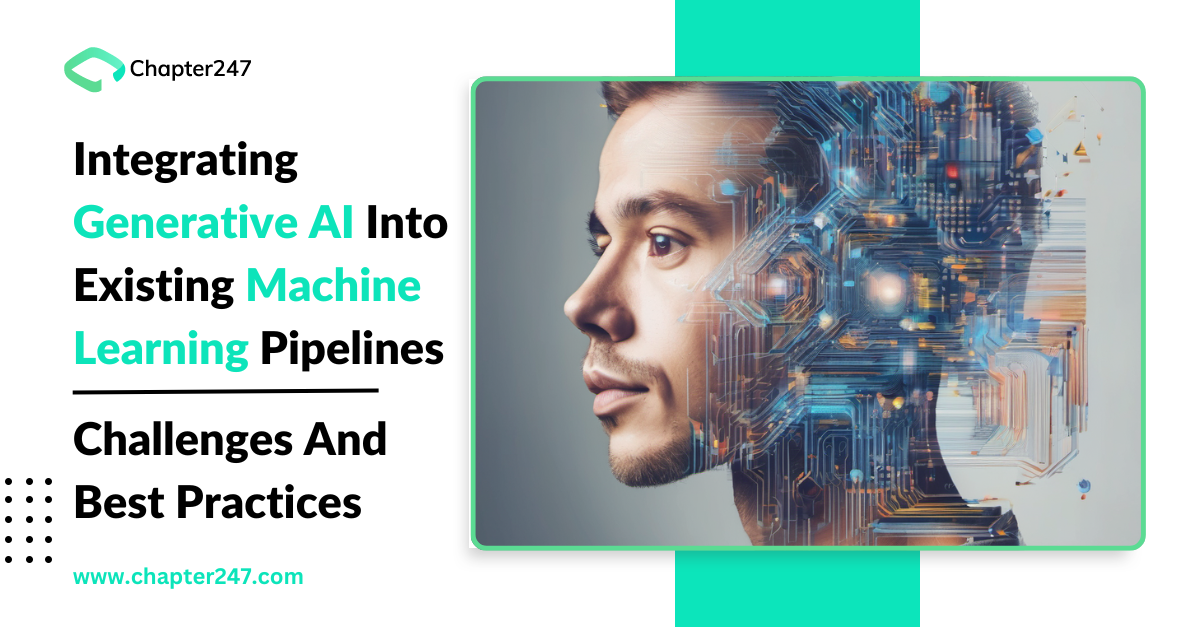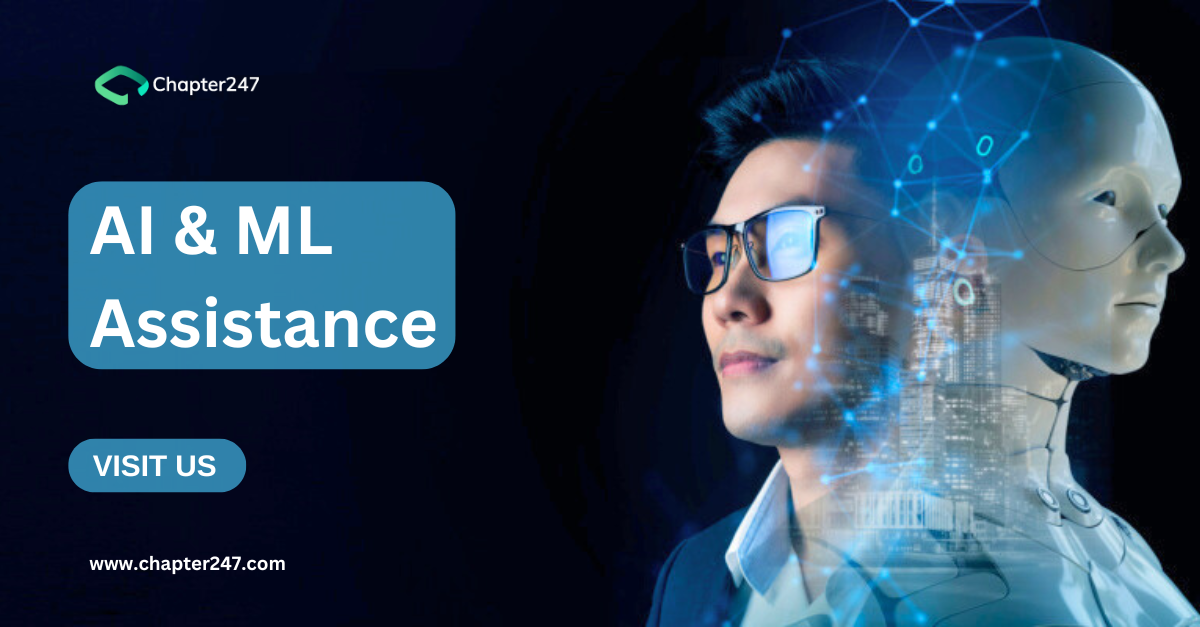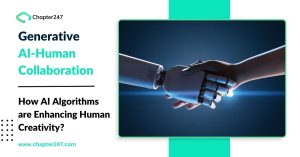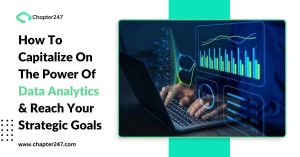The world of machine learning (ML) has gone beyond a general paradigm shift with the Appearance of generative AI (GenAI). Unlike the ML models that can only perform classifications, predictions, and regression, the GenAI is a dynamic AI that can produce new data and entirely new data formats, such as pictures, music, or text.
This capability inherent in AI presents awe-inspiring and intriguing possibilities for improving ML pipelines. Nonetheless, the latest policymakers are not the only ones who will emerge victorious in the process.
In this article, we will explore the significant obstacles facing data scientists and engineers toward the ultimate fusion of big data and AI.
Data Disparity: Closing the Gap Between Actual and Virtual Worlds
The major problem lies in the fact that there is a mismatch between the authentic information twice-fermented to the models and the artificial data obtained through GenAI systems. Now the global worth of virtual art galleries can be estimated at $2.4 billion, but it is expected to grow until the end of 2023.
This is a by-product of the rapidly increasing NFTs and VR technology. Thus, it is no longer surprising that digital artists make the most of this art format. Concomitantly, traditional machine learning (ML) with solid and vital data portraying the target problem domain is highly reliable.
Best practice: Unlike the parameters, generative models can be affected by artifacts and biases at the first (beginning of) ML task stages because of the original training data structure. Various methods, including adversarial training and data labeling, substantially aid the problem, although the quality and variety of synthetic data will always be the question mark.
The Black Box Conundrum: Unveiling the Inner Workings of Generative Models
Generative models, especially intense learning-based ones, can deal with the black box effect. Despite their more sophisticated internal architecture, deep learning models are not easily understood, and one cannot fathom how they attain their outputs.
This opacity presents a big challenge for ML pipelines, as understanding the logic behind model decisions is crucial to debug errors and ensure fairness. Methods such as integrated gradients and layer-wise relevance propagation could be utilized, but interpreting in GenAI remains a work in progress.
Best practice: In January 2023, a survey conducted in the United States revealed that forty-five percent of customers who participated did not know how artificial intelligence (AI) and machine learning (ML) technology operated.
That’s why different GenAI models are more handy depending on the tasks GenAI performs. Comprehending the advantages and disadvantages of specific architectures, such as GANs or VAEs, is essential. Pick out a model that is compatible with the data type you want, considering the final result that the ML pipeline will render.
The Art of Prompt Engineering: Seeking to Perfect the Creative Impulse
Generative models are also called prompt-driven systems, meaning the content generation process is user-indicated or driven. Writing prompts with effect requires combining high technical know-how and creative thinking.
Consider whether a data scientist can not only master the subtleties of the selected GenAI model but also have an experienced eye for building prompts to get the right result.
The “prompt engineering” skill set is crucial to enabling GenAI to work to achieve its optimal effect in ML pipelines. In 2022, there were 51% more job listings with the term “GPT” than in 2021.
Best practice: It is an aptitude to design a quest for designing crucial success factors using AI models. Design a comprehensive prompt without specific, brief, and directed to give a model the suitable context and direction needed to produce the required outputs. Try several different voicings to build upon the results, which will optimize machine efficiency.
Computational Burdens: Taming the Resource-Hungry Beasts
Training and deploying generative models, specifically deep neural network models, is computationally demanding. Colossal data processing and complex calculations require vast logic resources, GPUs, and AI accelerates.
This can obstruct resource-harassed organizations, especially in GenAI integration into CoML operations, which are time-consuming processes. Using cloud-based solutions and building efficient model designs can remove this problem, but careful optimizations remain essential.
According to Synergy, the overall income generated by expenditure on cloud infrastructure services last year was $178 billion.
Best practice: GenAI integration shouldn’t be treated as a point-in-time incident. Piece by piece, human feedback will be continuously incorporated into the output generation process. Repeating this process helps create prompt accuracy, reveals bias, and produces a model with the desired functionality.
Ethical Considerations: The Moral Maze Steering
Education and introduction of generative models, especially neural network models of deep variety, are working computationally. Many tasks, such as giant data processing and complex calculations, depend heavily on the availability of many logic devices, which is exactly what the AI accelerates.
This naturally causes unavailability problems for these economically weaker organizations, which find incorporating an advanced generation of artificial intelligence into the CML business complex.
The implementation of cloud solutions and the development of robust model designs can be utilized to eradicate this trouble, yet constant optimization is critical. As Synergy considers, the revenue reached $178 billion last year from the general expenditure of cloud infrastructure services.
Best practice: GenAI’s integration should not just be viewed as a one-time event. As humans input valuable information word by word, the feedback will gradually merge into the model’s output generation. On these actions, we repeat specific efforts on different occasions to detect mistakes, and respond to biases, and, in the end, we get a model we aspire for.
Regulatory Landscape: Handling the Changing Atmosphere
Regulatory opportunities for AI were sketched out in the embryonic stage of the technology. When more and more GenAI was invented, regulations would be triggered to minimize potential dangers and the next level of responsible use.
The organization, when it comes to using AI in its ML framework, has always looked at and applied the new regulations and stayed updated on the existing ones.
Best Practices: Explaining AI methods that help in decision-making can be a solution to the obstacle of interpretability. Along with LIME (local interpretable model-agnostic explanations), which can answer this question and resolve such a lack of trust, they can also boost the acceptance of the results by stakeholders so that they can make a proper decision.
Conclusion
Generative AI poses considerable growth potential to the existing ML pipelines but simultaneously presents complexity among various challenges posed by data disparity, explanatory problems, ethical dilemmas, and regulatory obstacles.
To fully comprehend this technology’s potential, it is necessary to understand and work out these long-standing issues. Building on the synergies of data scientists, engineers, and domain professionals will lead us to this. By applying a wise and informed approach, gen artificial intelligence can be used in multiple fields.
Adhering to the best practices and being informed of potential gaps will enable data science and engineering practitioners to develop efficient machine learning workflows that will open new avenues in the various domains of life.









